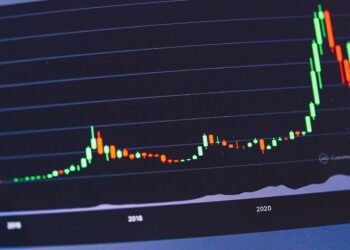
3 prediction tricks to help guide your media strategy.
Predicting the next big media moment is about using data wisely. If done well, this data can guide PR pros to key topics of interest and help their clients get more headlines.
“We don’t have a crystal ball,” said Lauren Compton, senior director and global intelligence lead at Apco. “But we’ve learned how to get it right most of the time and that’s what matters for driving stronger PR strategies.”
During this year’s PR Daily Conference, Compton walked through how her team uses predictive analytics to help clients spot trends, plan stories and avoid crises before they happen.
Here’s how they do it.
- Start with a clear picture: Every quarter, Compton’s team begins with a full audit of what’s happening in the media. What are people saying or concerned about? What’s trending? “We assess the current conversation,” she said. “What are people talking about right now? Where are the opportunities? Where are the threats?” To do that, Apco uses natural language processing, or technology that scans and categorizes thousands of media mentions, to identify clusters of topics. The team visualizes the data in a quadrant chart that plots volume, or how often a topic appears, engagement, how much people interact with it, and reach, or who’s talking about it and where in media it’s showing up. “It’s not just about how many impressions a story gets,” Compton said. “It’s about what actually resonates, what people are sharing and commenting on. That’s where the real influence is.” For one of Apco’s healthcare clients, this process highlighted key themes like access to care and maternal health. It also flagged negative areas, such as crime and litigation, where the brand didn’t want to appear.
- Use data to predict what’s next: Once the team understood what topics were getting a lot of buzz, they looked 60 days ahead, Compton said. “We apply predictive analytics to see which conversations are likely to grow or decline,” Compton said. “Sixty days is our sweet spot: far enough to plan, but still accurate.” For that same healthcare client, the data showed a spike in stories about Alzheimer’s research and sleep health. Apco’s media strategists quickly leaned in, pitching stories and shaping thought leadership pieces around those topics, she said. Within a couple months, the client landed national coverage in The New York Times and Real Simple and saw a surge in brand mentions.
- Measure, validate and improve: After each quarter, the team checks how well their predictions held up. “We go back and validate. Did the topics we said would grow actually grow?” Compton said. “It’s a great way to build confidence, both in the process and with leadership.” That validation turned out to be one of their biggest credibility builders, she said. “Our client was able to go to their board and show exactly how predictive insights led to media impact,” Compton said. “It helps them tell the story of their own value inside the organization.”
Prediction isn’t about perfection but rather preparation, Compton said.
“The magic,” she said, “is in knowing where the momentum is headed and being ready to act before everyone else sees it coming.”
To learn even more tips about measurement, head over to view this presentation and more at Ragan Training here.
Courtney Blackann is a communications reporter. Connect with her on LinkedIn or email her at courtneyb@ragan.com.
The post How Apco forecasts stories that stick appeared first on PR Daily.















